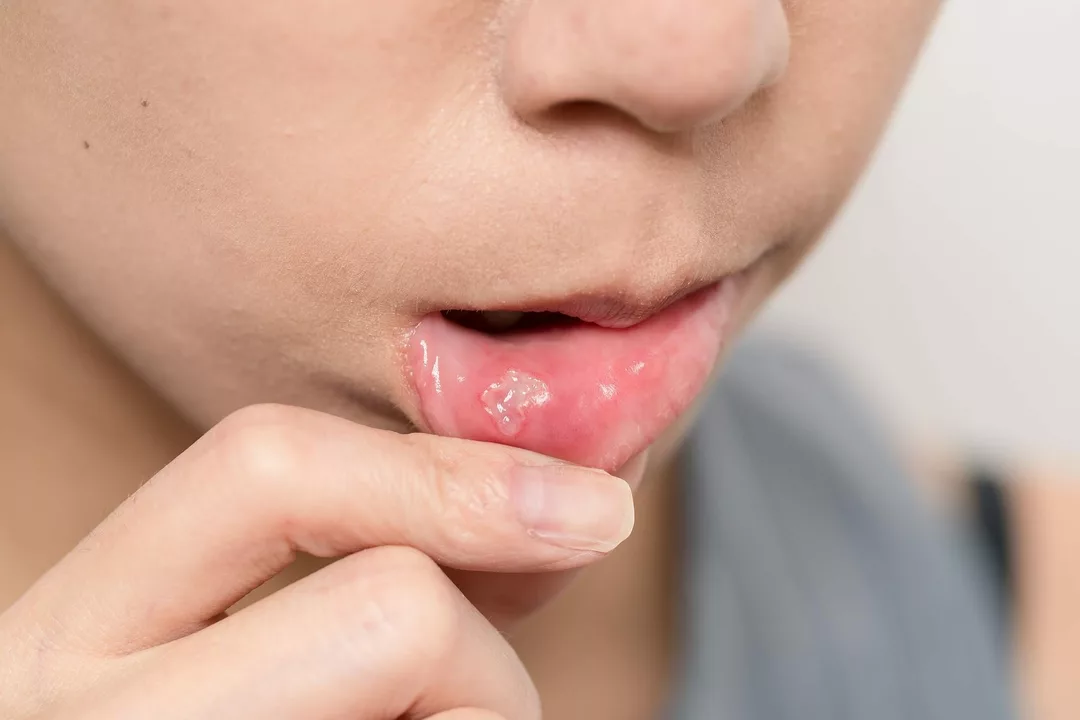If you’ve ever woken up with painful sores on your gums or inner cheeks, you might be dealing with herpetic gingivostomatitis. It’s the mouth‑friendly nickname for a primary oral herpes infection that usually hits kids but can surprise adults too.
The first clue is a sudden burst of painful blisters on the gums, tongue, and inner lips. They often turn into shallow ulcers that make eating or drinking feel like torture. Fever, swollen lymph nodes, and a general feeling of being under the weather can tag along. The rash spreads quickly, so you’ll notice new spots appearing over a day or two.
The culprit is the herpes simplex virus type 1 (HSV‑1). Most people catch it as kids from sharing toys, utensils, or kisses. After the first outbreak, the virus hides in nerve cells and can reactivate later, but the initial infection is what we call herpetic gingivostomatitis.
Kids are especially prone because their immune systems are still learning how to keep viruses in check. Adults with weakened immunity – due to stress, illness, or certain medications – can also get a first‑time flare‑up.
1 Pain control: Over‑the‑counter pain relievers like ibuprofen or acetaminophen can lower fever and dull the ache. Topical anesthetic gels (benzocaine) give short‑term numbing for meals.
2 Stay hydrated: Warm soups, broths, and cool water help keep you from getting dehydrated when swallowing hurts.
3 Soft diet: Stick to yogurt, mashed potatoes, oatmeal, or scrambled eggs. Avoid spicy, salty, or acidic foods that irritate the ulcers.
4 Good oral hygiene: Use a soft‑bristled toothbrush and rinse with a mild saltwater solution (½ tsp salt in 8 oz water) several times a day to keep the area clean without burning it.
If you can’t keep fluids down for more than a day, have a fever over 101°F (38.3°C), or notice the sores aren’t improving after a week, get medical help. Doctors may prescribe antiviral medication such as acyclovir, valacyclovir, or famciclovir to speed up healing and reduce severity.
People with weakened immune systems should see a doctor right away because complications like bacterial infection of the mouth can occur.
Avoid sharing utensils, lip balm, or drinks during an active outbreak. Wash hands often, especially after touching your face. If you’ve had herpetic gingivostomatitis before, keep stress levels low and get enough sleep – both help the immune system stay on guard.
For those who experience frequent reactivations, a daily low‑dose antiviral can be discussed with a healthcare provider to keep the virus in check.
Herpetic gingivostomatitis is uncomfortable but usually resolves in 7‑10 days with proper care. Managing pain, staying hydrated, and keeping the mouth clean are your best first steps. Don’t hesitate to seek professional treatment if symptoms linger or get worse – early antivirals can make a big difference.
Keep this guide handy next time you feel that familiar burning in your gums. Knowing what’s happening and how to act fast can turn a miserable week into a quick recovery.

As a blogger, I recently explored the use of Acyclovir for Herpetic Gingivostomatitis, a viral infection that causes painful sores and inflammation in the mouth. I found out that Acyclovir is an effective antiviral medication that helps reduce the severity and duration of the symptoms. It's especially useful for children and people with weakened immune systems. However, it's essential to start the treatment early and follow the prescribed dosage to maximize its effectiveness. Overall, Acyclovir has proven to be a valuable tool in easing oral pain and discomfort caused by Herpetic Gingivostomatitis.
View more